Archaeology Travel City Guide Paris
Along the banks of the river are architectural masterpieces from the Cathedral of Notre-Dame and the Sainte Chapelle, to the Eiffel Tower and the Palais de Chaillot, representing an extraordinary history from the medieval to the 20th century. On the same river bank in the 1990s archaeologists recovered 6,000 year old canoes during excavations of an early Neolithic settlement. This collection of culturally significant landmarks is why that part of the French capital along the banks of the Seine is on the UNESCO list of World Heritage Sites. Not surprisingly then Paris is one of the most visited destinations in the world. Unfortunately it is also one of the most expensive. Our Paris Travel Guide, produced specifically for History Buffs, is not only packed with suggestions for what are the must see attractions and museums, but also money saving tips for what to see and do in Paris.
Reasons to Visit Paris
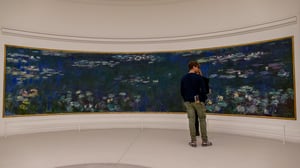
Museums & Art Galleries,
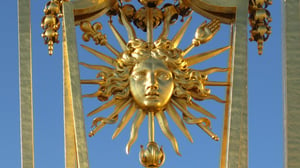
Emperors, Kings & Queens,
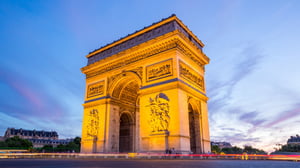
Historic Landmarks,
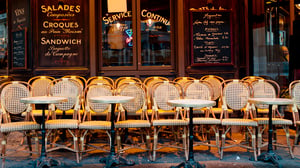
Interesting Things to Know About Paris
During the Age of Enlightenment, in French le Siècle des Lumières – which translates literally as ‘the Century of Lights’, Paris became known as the City of light. Paris’ intellectuals and scientists played an influential role in the scientific revolution, which fundamentally changed the way society thought of itself and its relationship to nature. And it was the ideas that developed in the salons at this time that did much to shape the Paris we visit today.
Paris is surely best known around the World for what has come to be called the French Revolution; a period of immense social upheaval with political consequences that extended beyond France and even Europe. Back in 1789 the Bastille, then a prison, was a significant flashpoint for the revolution and its activities in Paris – it being a symbol of the excesses of the French monarchy. While there is very little of the Bastille to see today, there are many other landmarks and points of interest in Paris that are associated with the French monarchy.
The greater Paris region has three designated UNESCO World Heritage Sites: the banks of the Seine from the Louvre to the Eiffel Tower, the Palace and Park of Versailles, examples of the architectural work of Corbusier. When taking the entire Île-de-France region into account, a further two attractions are on the list: the fortified medieval town of Provins and the medieval Palace and Park of Fontainebleu.
What's On in Paris 2024
Find Places to Visit in Paris
Five Popular Attractions in Paris
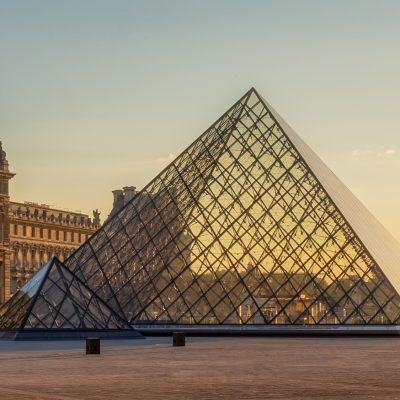
Louvre Museum

Sainte-Chapelle

Palace of Versailles
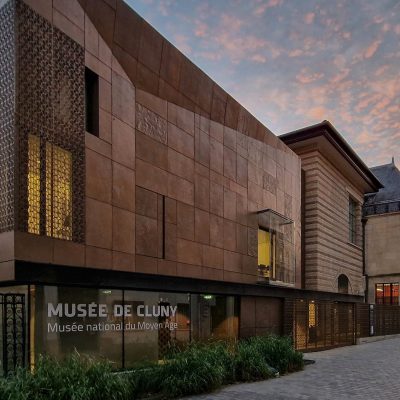
Cluny Museum
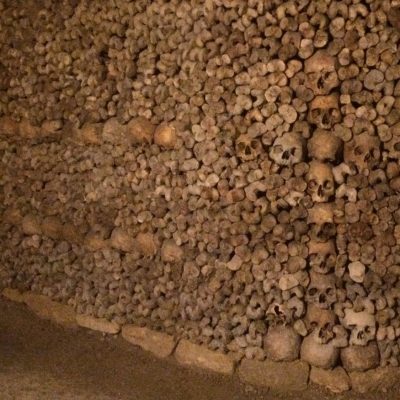
Paris Catacombs
Inspiration & Itineraries
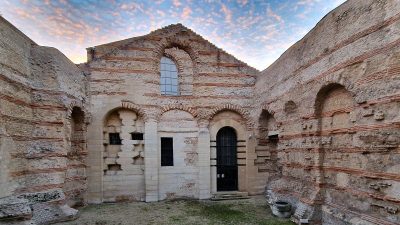
Prehistoric & Ancient Paris
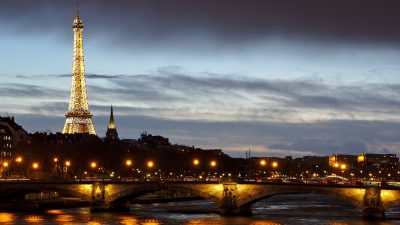
3 Days in Paris

Ancient Egypt in Paris
Explore Paris More Deeply
What to See in Paris
With the following thematic guides to sites and museums in Paris, you can find further visitor information, as well as plan a personal itinerary for your visit to Paris. You can also create travel lists (such as places you have been to, places you would like to visit). Your itinerary and lists can also be shared with your friends and to your social media accounts. To see the further details and make use of our itinerary builder, you will need to login or register as a new user. Registering and using these features is free of charge.

Roman Paris - Lutece
The Roman settlement, originally named Lutetia and later Lutèce, was located on the Left Bank at Sainte Geneviève Hill and the Île de la Cité. Until the collapse of the Roman Empire in the 5th century AD, Lutèce became a prosperous city with substantial palaces, baths, temples and theatres, as well as a forum and an amphitheatre (Arènes de Lutèce). Few of these buildings survive today, but the most impressive is the public baths – one of the largest surviving Roman buildings in north western Europe (Thermes de Cluny). Remains of the later Roman period of Paris have been uncovered in and can be seen at the La crypte archéologique de l’île de la Cité in front of Notre Dame Cathedral.

Palaces & Castles

Holocaust, WWII & the Third Reich
Paris is not widely thought of as a destination where visitors can explore the stories of World War II. For a start, the city itself was not as visibly marked and dramatically scarred by the war as many other European cities were. More significantly, and for understandable reasons, the French capital tends to be overlooked for the D-Day Beaches. Perhaps most visitors know that Paris was occupied by the German Third Reich from 14 June 1940 to 25 August 1944. Few are aware, however, that beyond a few memorials and museums Paris has a number of poignant landmarks that tell the many, varied stories of a city under siege and an occupied nation’s complicity in the Holocaust.

Museums & Art Galleries
With over 130 museums in the greater Paris region, choosing which ones to visit takes a bit of planning. Generic lists of ‘must see museums’, or X’s top 30 recommendations often only have a limited value as they are created for broad appeal. Our list of museums and art galleries in Paris attempts to order and rank the various institutions thematically. Any attempt to group disparate museums is going to be problematic, but thematic groupings do have some value in showing what is there for you to visit.
Plan Your Trip to Paris
Create Your Own Paris Sightseeing Itinerary
Using the thematic guides linked to above you can create your own travel lists (such as places you have been to, places you would like to visit) and itinerary for your Paris visit. These lists and itinerary can also be shared with your friends, privately and on social media. To make use of this feature, you will need to login or register as a new user. Registering to use these our itinerary builder is free of charge. For your convenience we have also produced an A – Z list of Art, Archaeology & History Sites & Museums in Paris, France.


